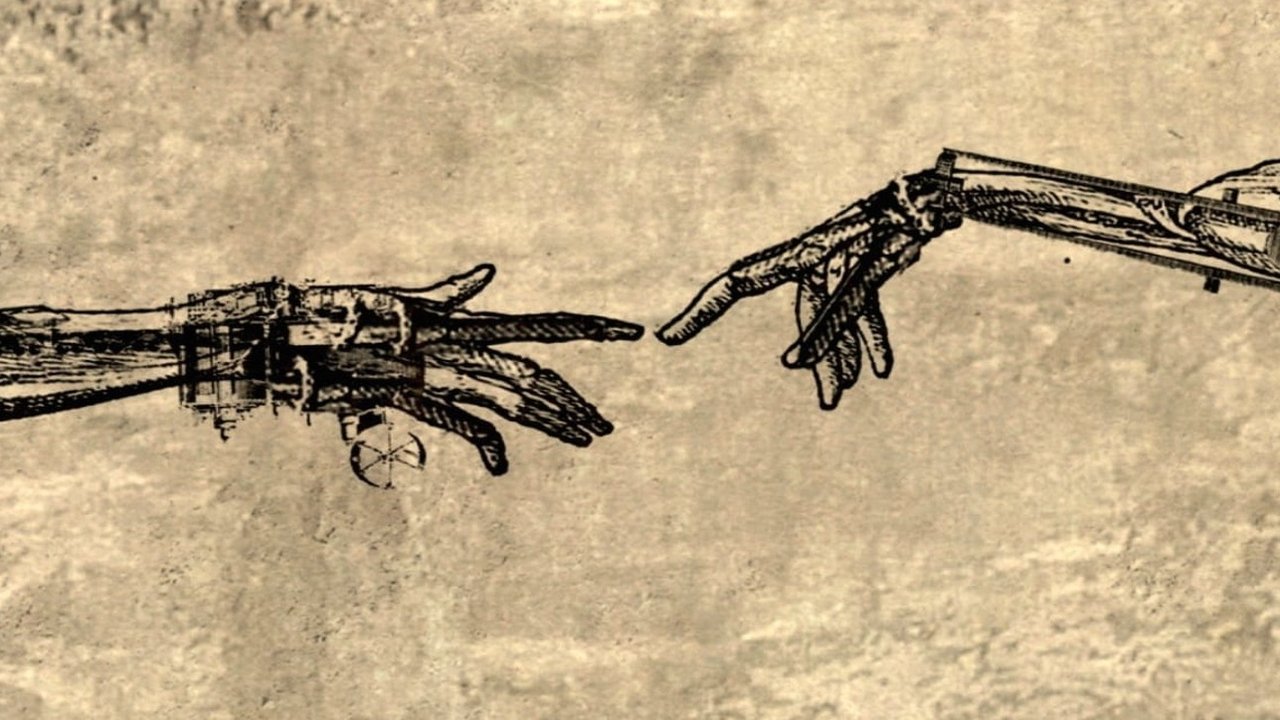
Drux Flux (2008)
Partly figurative, partly abstract, Drux Flux is an animation film of fast-flowing images showing modern people crushed by industry. Inspired by One-Dimensional Man by the philosopher Herbert Marcus…

Partly figurative, partly abstract, Drux Flux is an animation film of fast-flowing images showing modern people crushed by industry. Inspired by One-Dimensional Man by the philosopher Herbert Marcus…
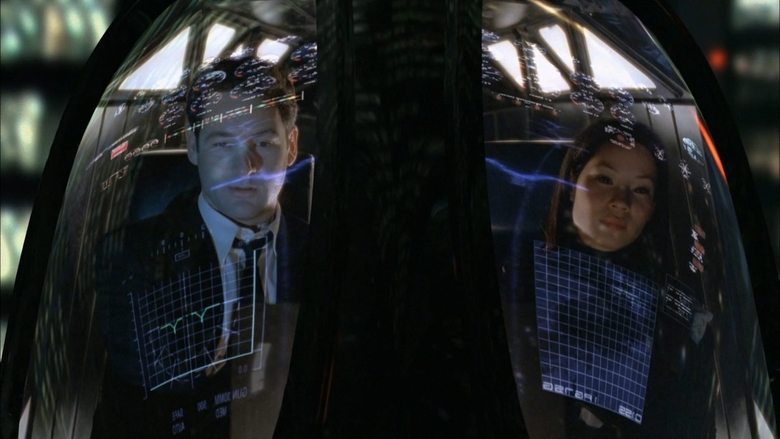
An unsuspecting, disenchanted man finds himself working as a spy in the dangerous, high-stakes world of corporate espionage. Quickly getting way over-his-head, he teams up with a mysterious femme fatale.
An exploration of the relationship between sound and picture inspired by the two lights (twi-light) found inside film projectors.
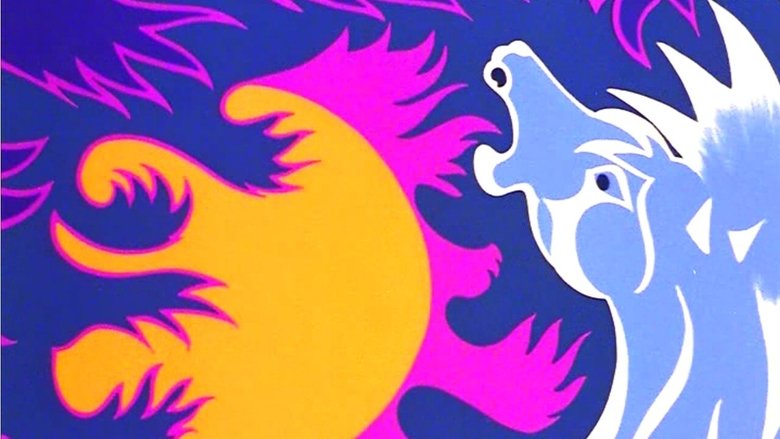
A horse goddess gives birth to three powerful brothers who set out into the Underworld to save three princesses from three evil dragons and reclaim their ancestors' lost kingdom.
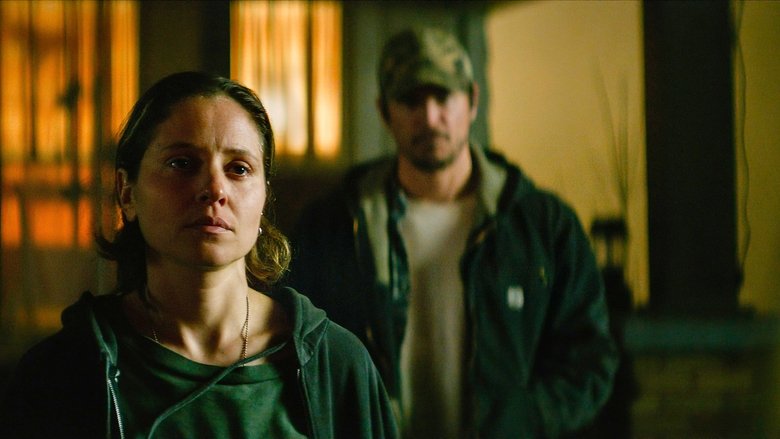
Since the death of their father, the Riley siblings have kept their heads above water by illegally dealing in painkillers. Josie is managing the business with an iron fist, when her brother, War veteran Kip, is concerned that the risky business is increasingly turning them into outsiders in their small community. While Kip wants to keep his younger brother out of their illegal endeavors, his younger brother is already making plans of his own.
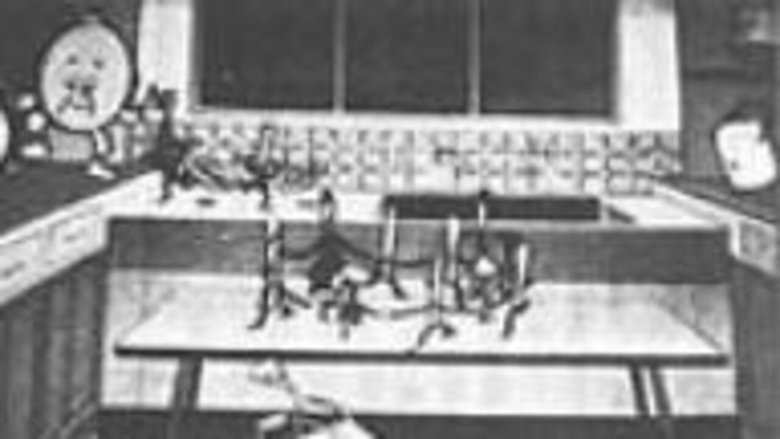
One day, Kandume's can boy, who happily lived with his friends in the kitchen, becomes an empty can and is discarded. Eventually, he has a dream about the history of iron and humanity. He sees how iron that melted and flowed out during a forest fire, was discovered by humans once it cooled and solidified. This iron then transformed into knives and machines, leading to the development of civilization. When the can boy awakens, he is taken to a steelworks and reborn as a new steel material.
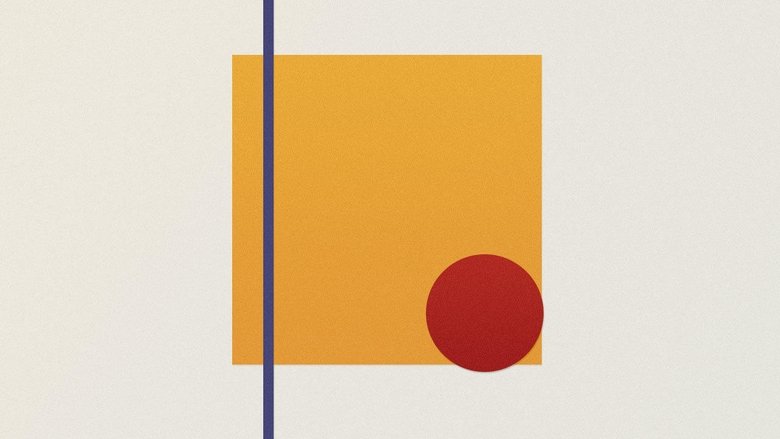
Animated work detailing the unrequited love that a line has for a dot, and the heartbreak that results due to the dot's feelings for a lively squiggle.
Early Abstractions is a collection of seven short animated films created by Harry Everett Smith between 1939 and 1956. Each film is between two and six minutes long, and is named according to the chronological order in which it was made. The collection includes Numbers 1–5, 7, and 10.
A man has a breakdown after losing his job and winning a bar fight.
Here the artist creates a world of color, form, movement and sound in which the elements are in a state of controllable flux, the two materials (visual and aural) are subject to any conceivable interrelation and modification.
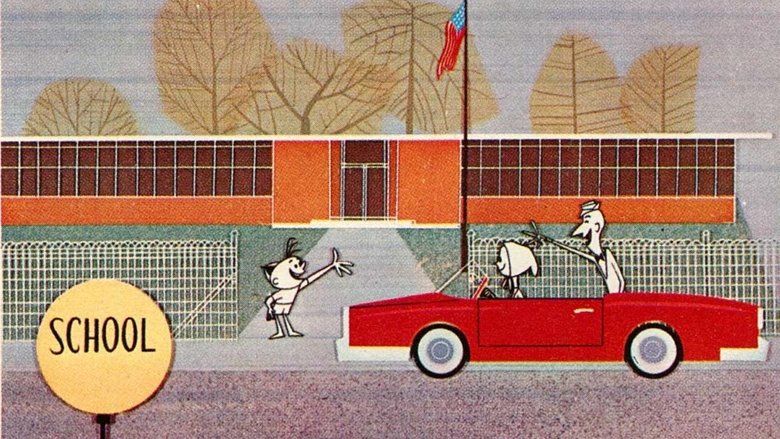
Animated industrial movie about the steel industry.
An abstract animation with a motif of a dragonfly, and a complex multi-exposure landscape of a field and a woman's naked body overlap.
Animation using cutout animation to craft a bizarre science fiction experiment. Moving spheres, such as balloons and bubbles, are superimposed on static backgrounds to suggest travel and discovery.
Cut up animation and collage technique by Harry Smith synchronized to the jazz of Thelonious Monk's Mysterioso.
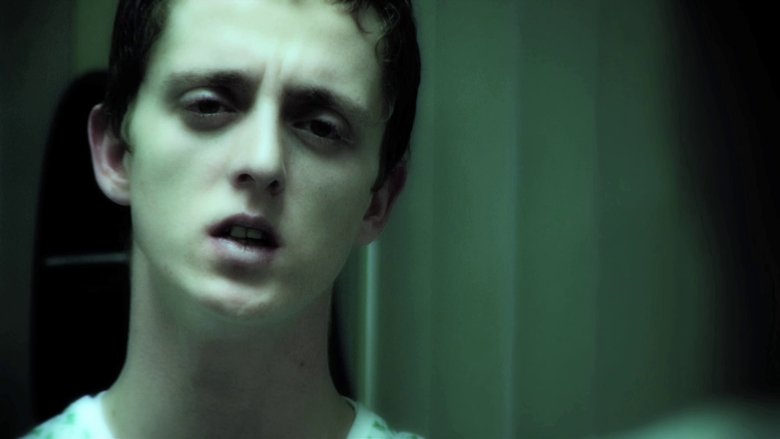
An experimental visual piece delving into concepts like afterlife and existence in an abstract but accessible way.
Rhythm and repetition plays an important role in the animated film Allahu Akbar by Usama Alshaibi. With this film, Alshaibi questions the confrontation between tradition and modernity by drawing inspiration from geometric motives of Islamic art. The artist offers a re-interpretation of these motifs through computer animation. By turning the shapes in different direction, new images are generated, freeing them from their fixed state. Traditional spiritual values feed the present and open up to a modern perspective.
A pioneer of visual music and electronic art, Mary Ellen Bute produced over a dozen short abstract animations between the 1930s and the 1950s. Set to classical music by the likes of Bach, Saint-Saëns, and Shoshtakovich, and replete with rapidly mutating geometries, Bute’s filmmaking is at once formally rigorous and energetically high-spirited, like a marriage of high modernism and Merrie Melodies. In the late 1940s, Lewis Jacobs observed that Bute’s films were “composed upon mathematical formulae depicting in ever-changing lights and shadows, growing lines and forms, deepening colors and tones, the tumbling, racing impressions evoked by the musical accompaniment.” Bute herself wrote that she sought to “bring to the eyes a combination of visual forms unfolding along with the thematic development and rhythmic cadences of music.”
Adams Film is a visual collage combining live action footage with abstract images and textures drawn onto 16mm film stock. Footage of a casual Janiak family gathering is sandwiched between superimposed garden scenes and rebellious direct animation. The soundtrack consists of assorted tape loops.
Two Space systematically explores symmetries used by Islamic artists to create abstract temple decorations. The two dimensional patterns, like the tile patterns of Islamic temples, are generated by performing a set of symmetry operations (translations, rotations, and reflections) upon a basic figure or tile. Two Space consists of twelve such patterns produced using each of nine different animating figures (12 x 9 = 108 total). Rendered in stark black and white, the patterns produce optical illusions of figure-ground reversal and afterimages of color. Gamelan music from the classical tradition of Java adds to the mesmerizing effect.
The film was produced applying mixed techniques on Super 8 film support.